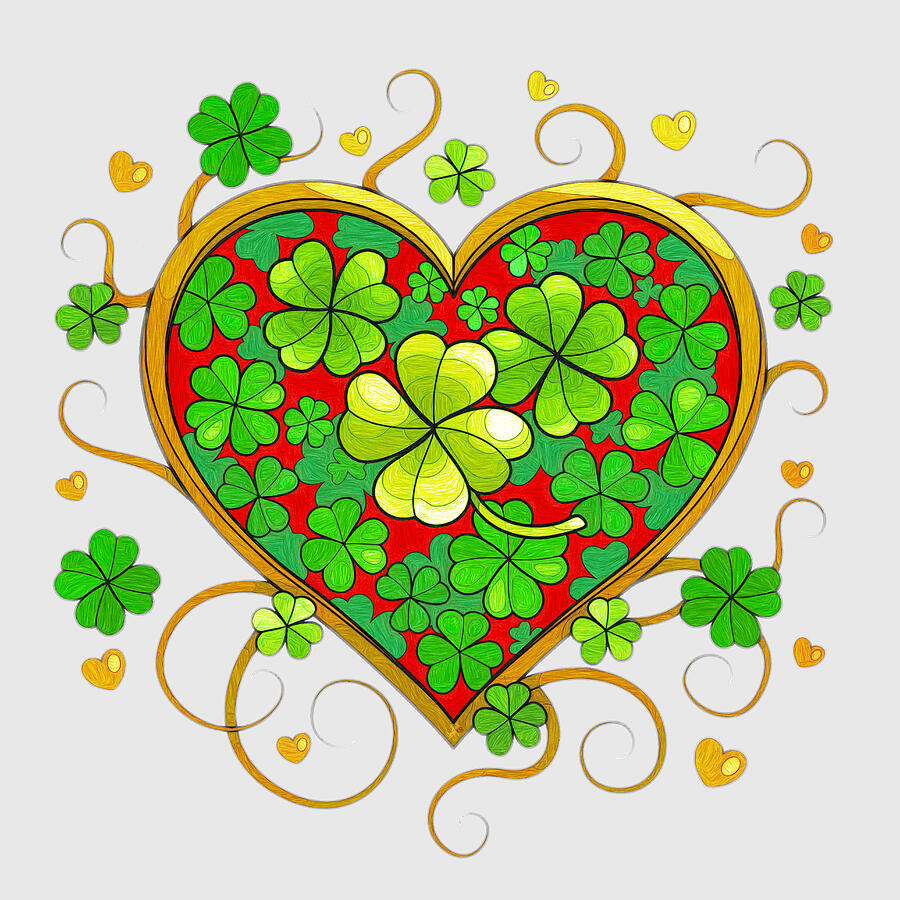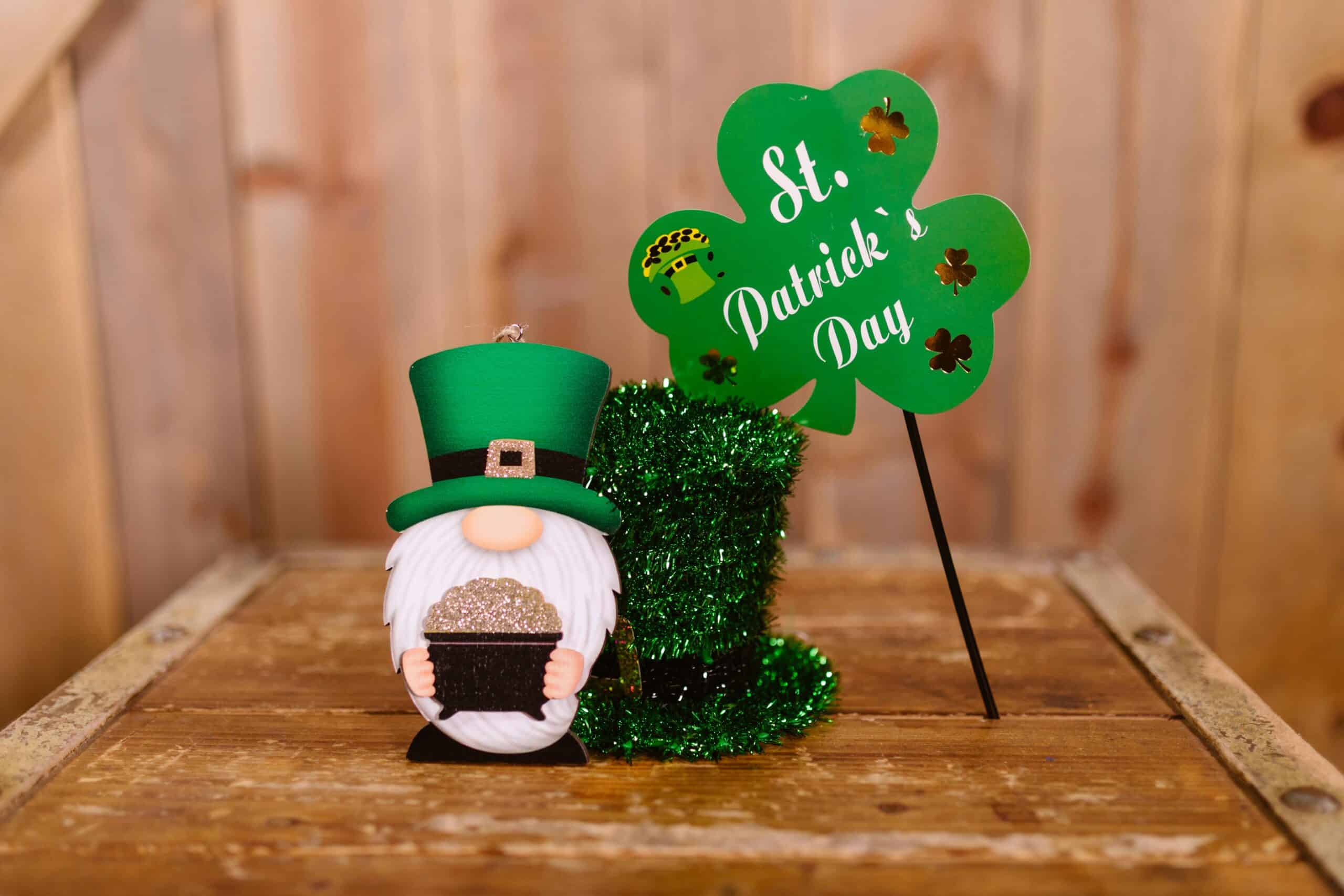Gallery
Photos from events, contest for the best costume, videos from master classes.
 |  |
 |  |
 |  |
 |  |
 |  |
 |  |
St. Patrick, patron of Ireland, is depicted in a stained-glass window at St. John of God Church in Central Islip, N.Y. In most U.S. dioceses, the feast of St. Patrick is celebrated as an optional memorial on the saint's traditional feast day, March 17. The observance, however, is typically moved to the preceding Saturday when March 17 falls on a Sunday, as it does in 2019. (CNS photo/Gregory A St. Patrick’s Day is a global celebration of Irish culture that takes place annually on March 17, the anniversary of the patron saint of Ireland's death in the fifth century. The holiday has While St. Patrick's Day celebrations often produce images of T-shirts donning "Kiss me, I'm Irish," leprechaun hats and pubs full of people, the holiday holds a deeper meaning. Here's a look at Saint Patrick’s Day (Irish: Lá ‘le Pádraig or Lá Fhéile Pádraig), colloquially Paddy’s Day or St. Patty’s Day, is the feast day which annually celebrates Saint Patrick (373-493), the patron saint of Ireland, on March17, the day on which Saint Patrick diedIt became a feast day in the universal church due to the influence of the St. Patrick's Day is celebrated annually on March 17-- the anniversary of St. Patrick's death in the fifth century.. In Ireland, St. Patrick's Day is observed as a religious holiday, with This day that belongs to St. Patrick has become about leprechauns, shamrocks, pots of gold, and green—green everywhere. Famously, the City of Chicago dumps forty pounds of its top-secret dye into the river. A green racing stripe courses through the city. But long before there was the St. Patrick of myth, there was the Patrick of history. St Patrick’s Day is a beloved holiday celebrated around the world on March 17th. But what exactly is the history and Christian origins of St Patrick’s Day? The feast day of Saint Patrick, the patron saint of Ireland, has been observed since the late fourth century. St. Patrick's Day's spiritual meaning is rooted in Christianity. At its core, St. Patrick's Day is a religious holiday celebrated by Catholic, Lutheran, Anglican, and Eastern Orthodox Christians.. The man who inspired the holiday, Saint Patrick, is best known for bringing Christianity to Ireland in the 5th century. We celebrate This person on St. Patrick's Day—a follower of Jesus who brought the Gospel to Ireland. Despite society turning St. Patrick's Day into something else, as Christians, we can celebrate this holiday in a way that glorifies God. St. Patrick would not be happy with the secular celebrations that are being celebrated in his name. So celebrate St. Patrick’s Day as a Christian holiday by submitting all your activities to to the service of Christ. Emphasize evangelism, rejoice in the spread of the gospel, enjoy the good gifts of food, drink, and friends, remember and honor Patrick’s life and legacy, and in all things recognize the surpassing worth of our Lord and St. Patrick's Day, celebrated on March 17, honors St. Patrick, the patron saint of Ireland. The holiday has deep roots in Irish history, culture, and religion. Here’s a look at its origins and evolution: Who Was St. Patrick? St. Patrick was born in Roman Britain (likely in the late 4th or early 5th century). Maybe St. Patrick’s story isn’t about removing literal snakes, but about choosing to leave behind what doesn’t belong in our lives anymore. So, as you throw on your best green outfit and celebrate St. Patrick’s Day this year, take a moment to think beyond the surface-level myths. This St. Patrick’s Day, say a special prayer of gratitude: 🕊️ Prayer 1: A Prayer of Thanks “Heavenly Father, thank You for the gift of faith, for the blessings of life, and for the joy of celebrating St. Patrick’s Day. May we, like St. Patrick, be bold in spreading Your love and live in grace, humility, and purpose. St Patrick's Breastplate Prayer. Aside from this and St. Patrick's Day itself, St. Patrick's legacy is sustained by his famous prayer of protection or breastplate prayer. The prayer is long, but the encouragement still speaks the same message to this day. Here is a small excerpt of the prayer: This makes St. Patrick’s Day special for many people who believe in God. Honoring Irish Christian Heritage. St. Patrick’s Day celebrates the rich Christian heritage of Ireland. The holiday recognizes the enduring impact of Saint Patrick’s mission and the deep roots of Christianity in Irish culture. Ireland has a long history with Saint Patrick's Day, or the Feast of Saint Patrick (Irish: Lá Fhéile Pádraig, lit. 'the Day of the Festival of Patrick'), is a religious and cultural holiday held on 17 March, the traditional death date of Saint Patrick (c. 385 – c. 461), the foremost patron saint of Ireland. Did you know it was a Christian Holiday? Who is St. Patrick, what is the shamrock and why the color The Holiday! St. Patrick’s Day became an official Christian St. Patrick’s Day, celebrated annually on March 17th, honors St. Patrick, the patron saint of Ireland. Today it is often associated with parades, wearing green, and festive gatherings. However, the holiday has deep historical and religious roots that go back over a thousand years. Origins of St. Patrick’s Day. St. Patrick, a 5th-century St Patrick’s Day. St Patrick is celebrated on the anniversary of his death on 17 March. At first it was a day of remembrance, but over time St Patrick’s Day has evolved into a major national and patriotic holiday in Ireland, and sometimes more so, among Irish communities and people of Irish heritage around the world.
Articles and news, personal stories, interviews with experts.
Photos from events, contest for the best costume, videos from master classes.
 |  |
 |  |
 |  |
 |  |
 |  |
 |  |